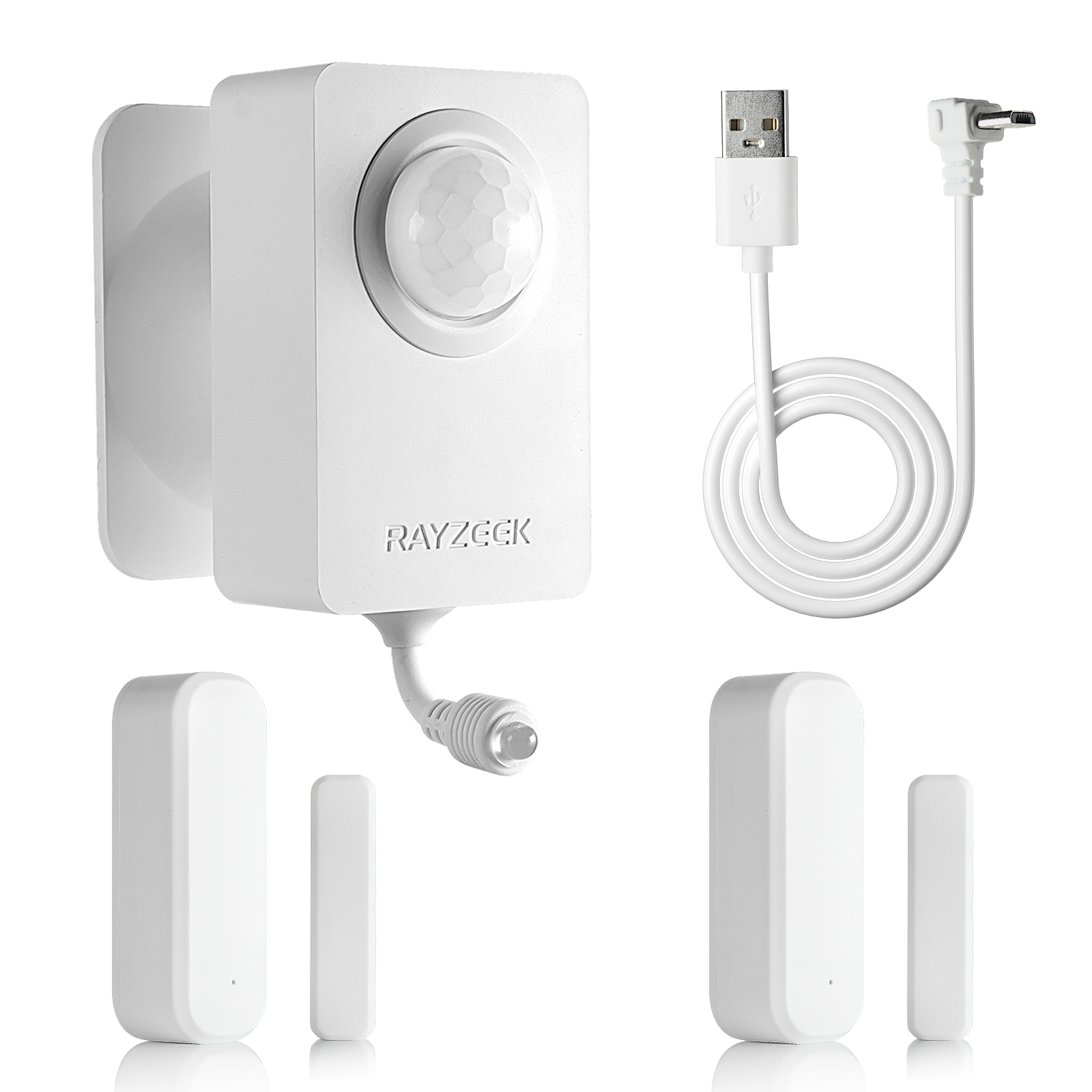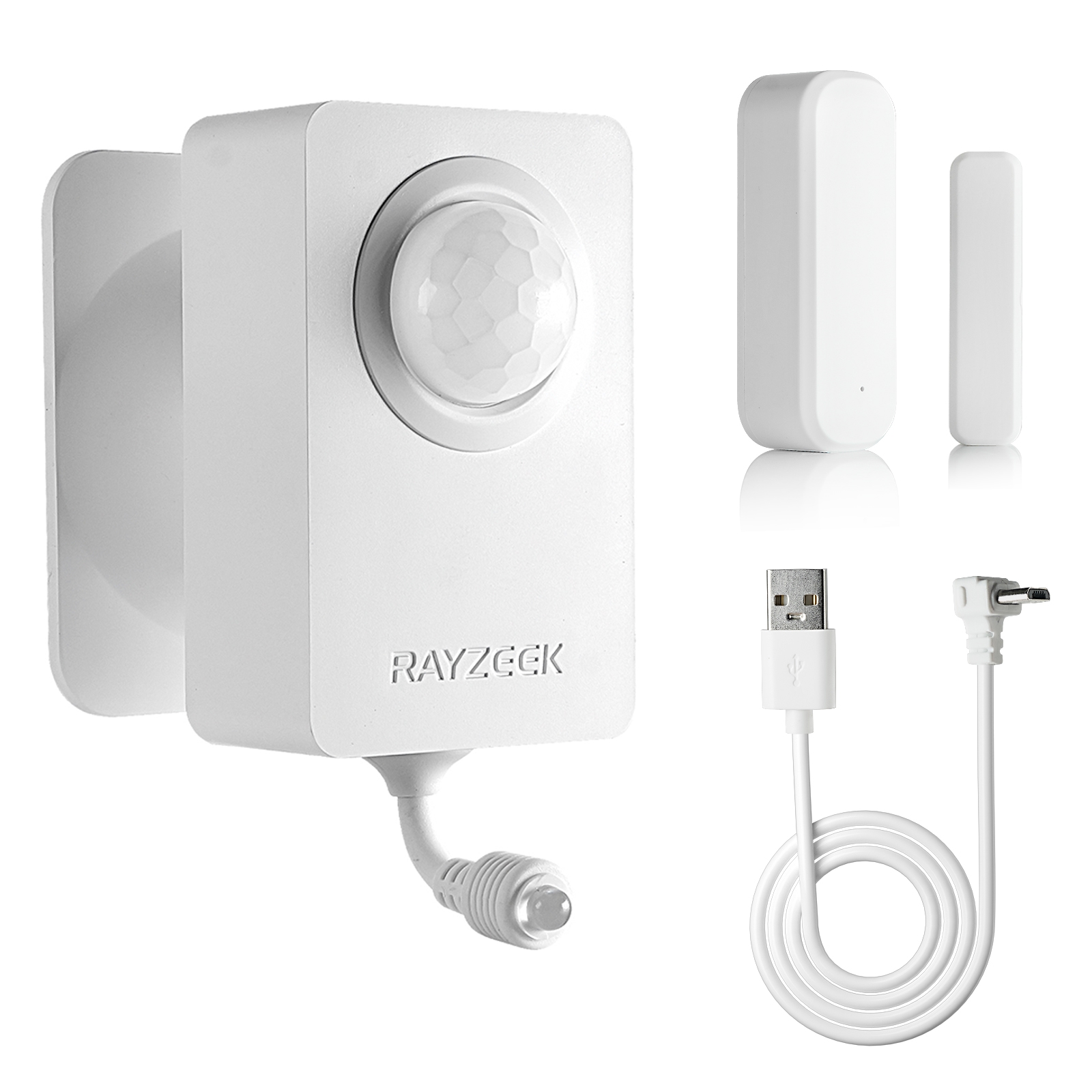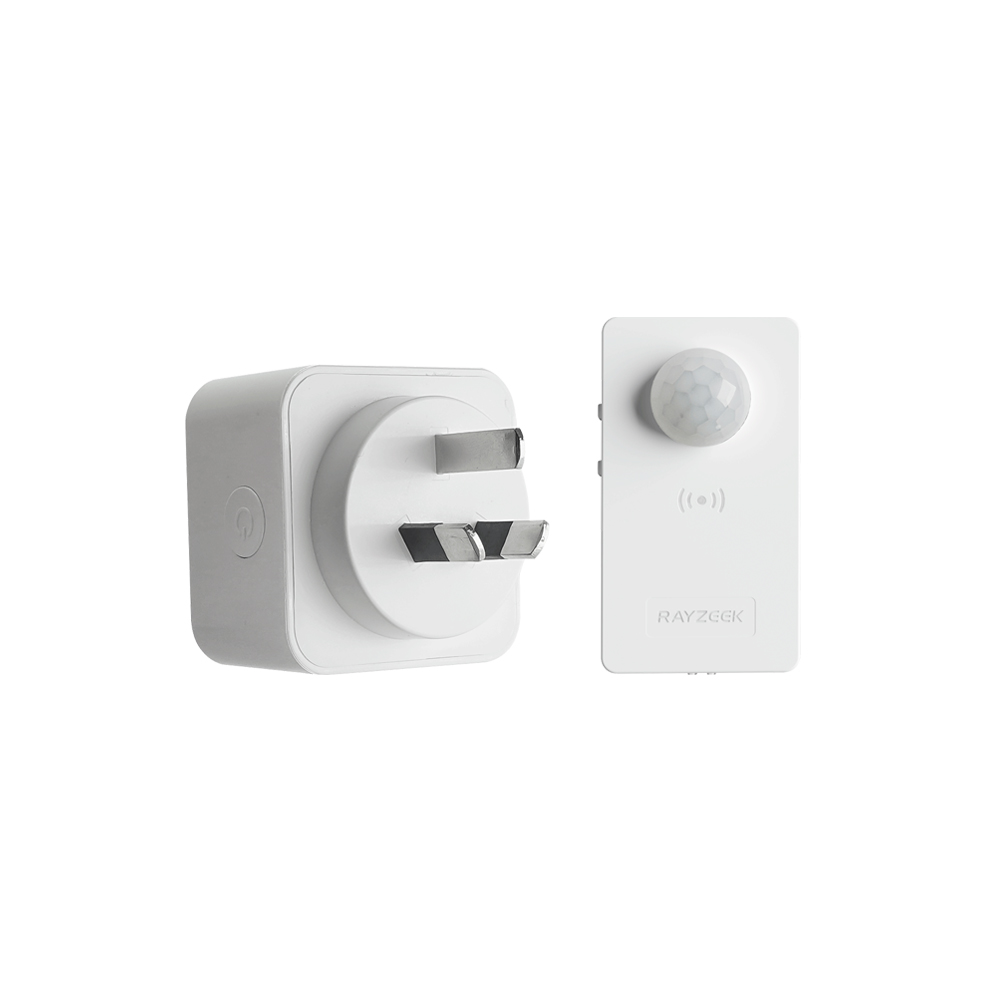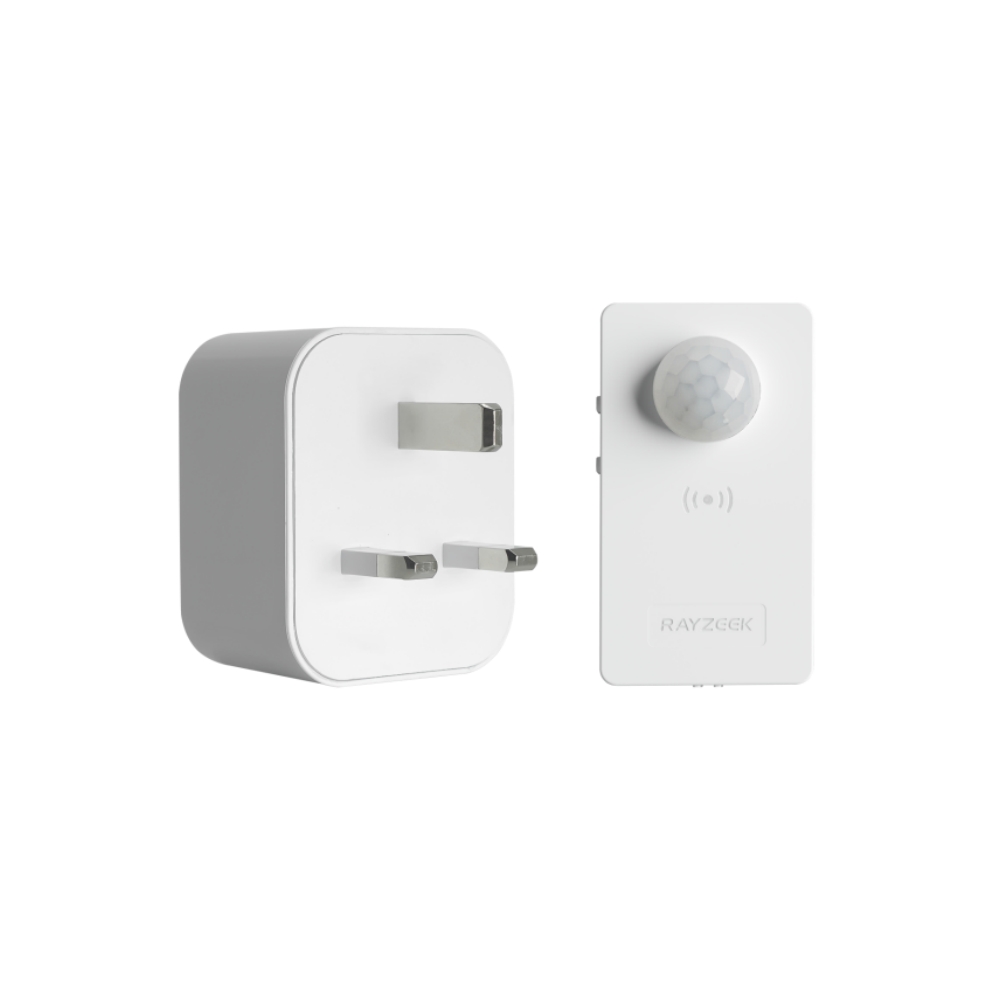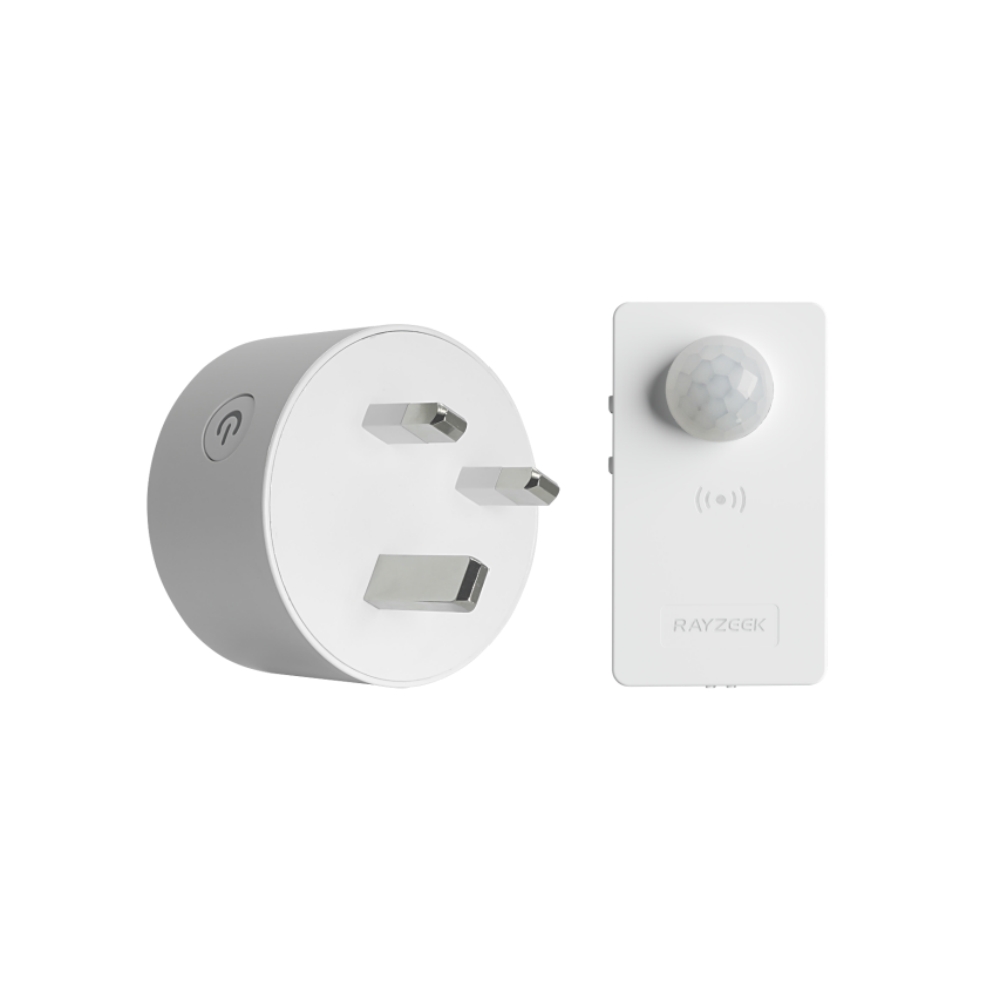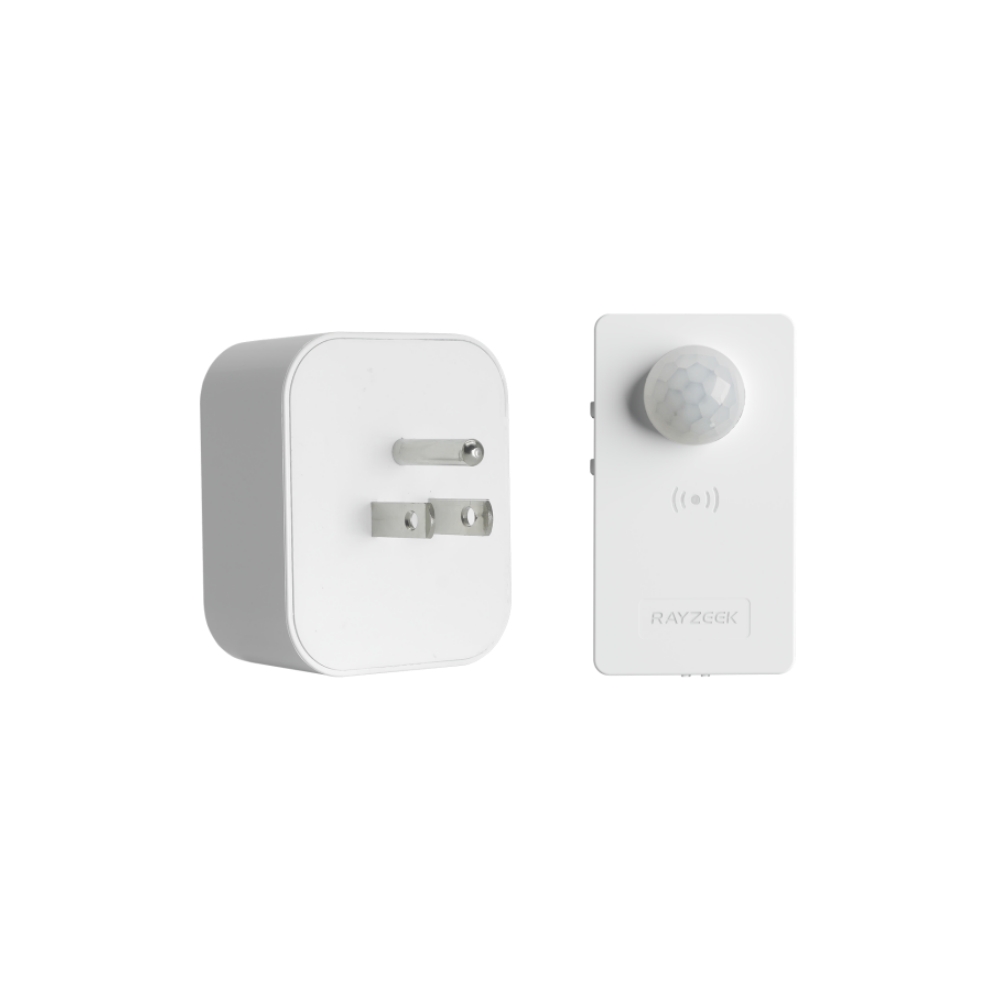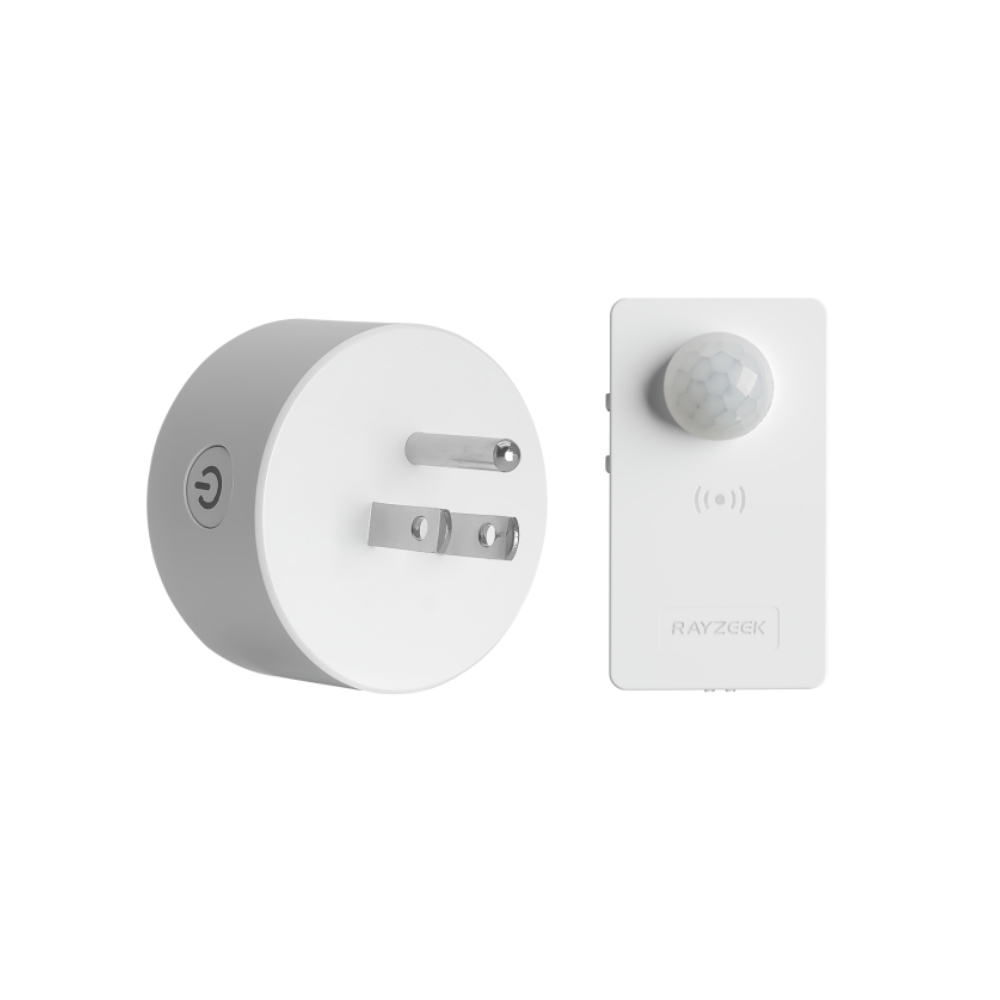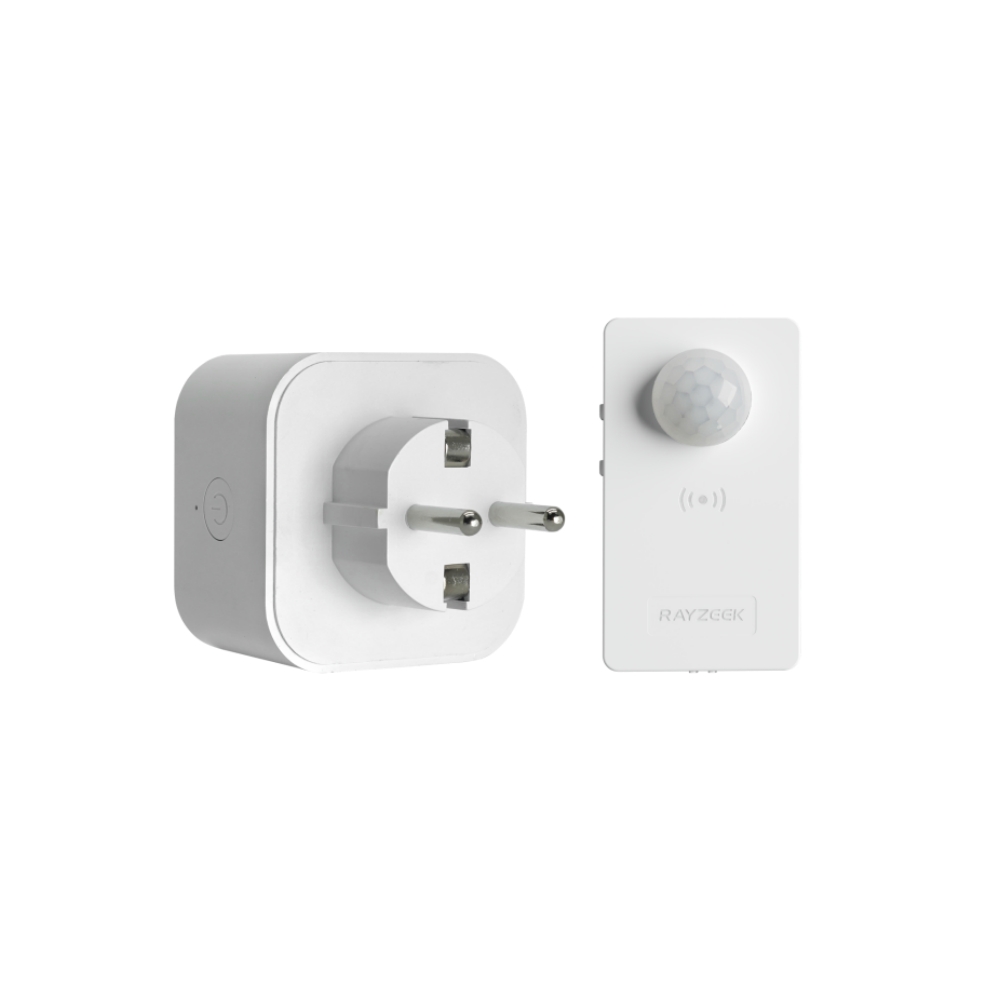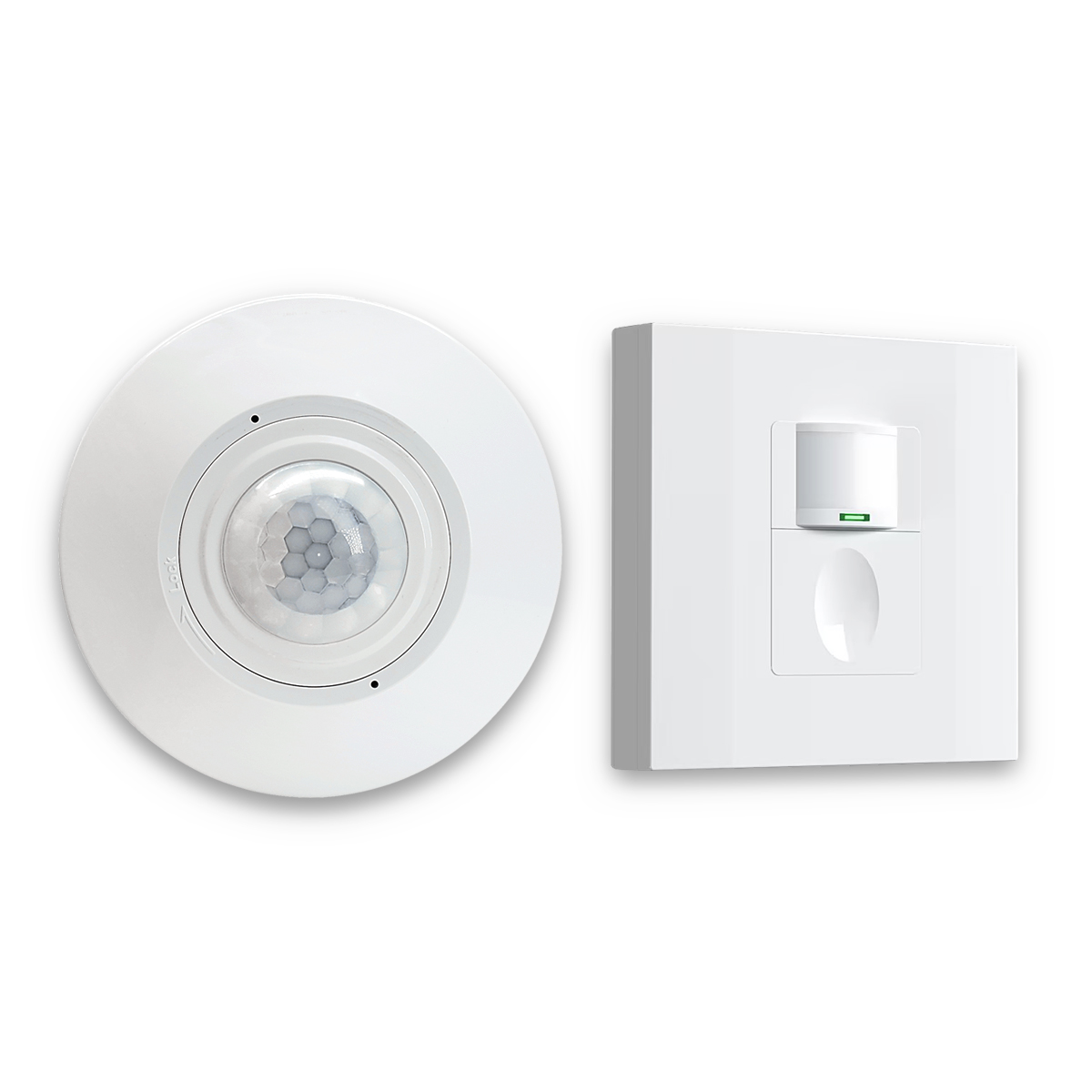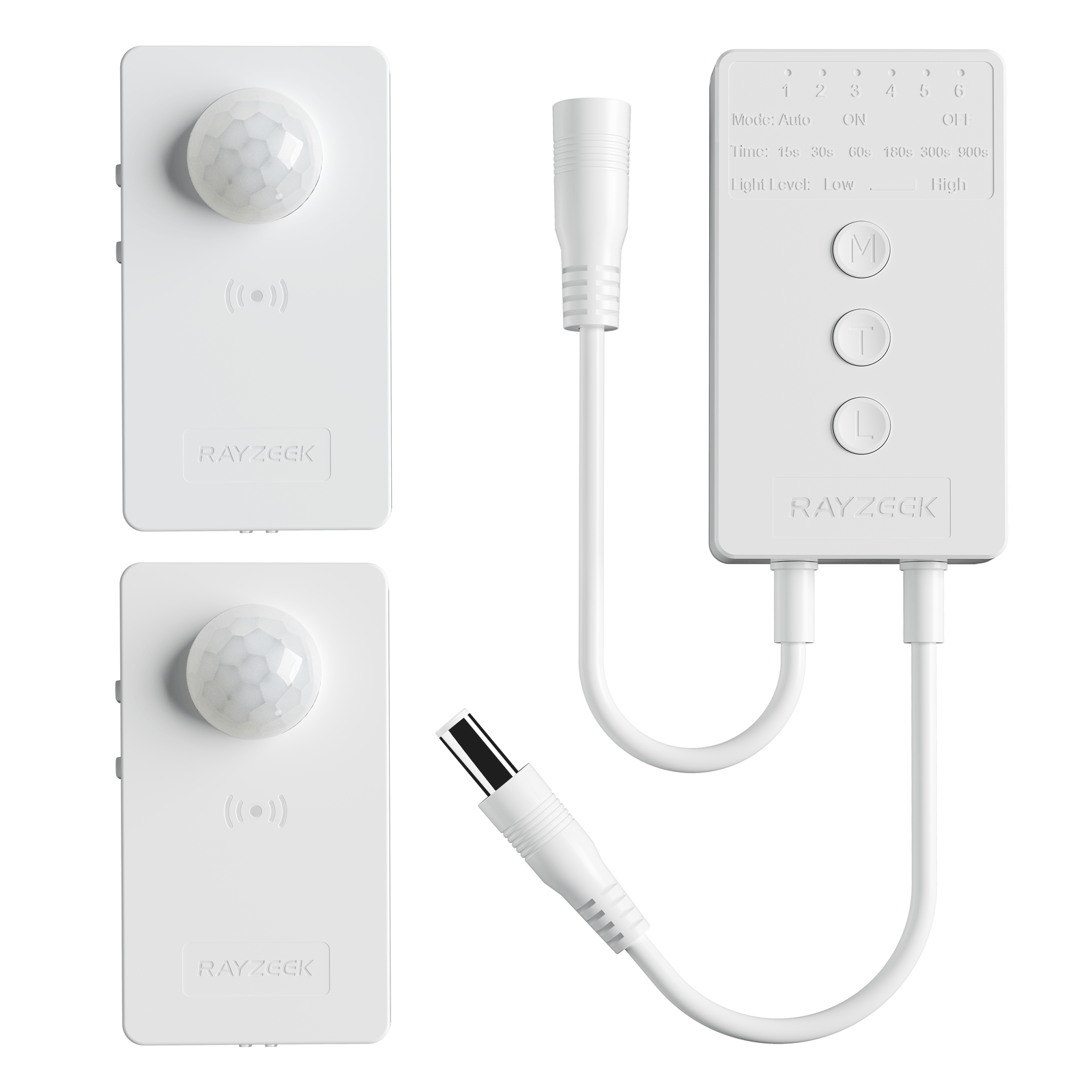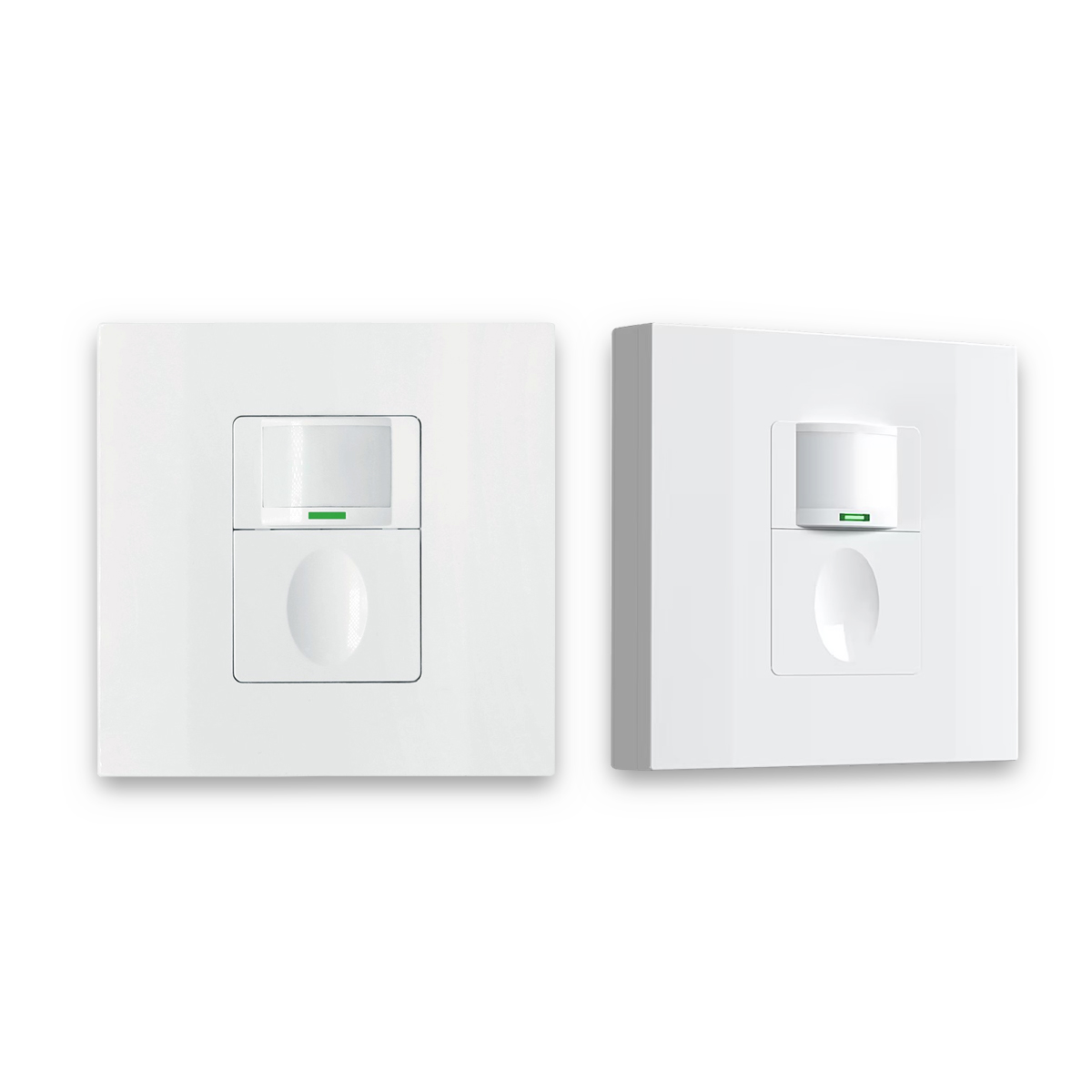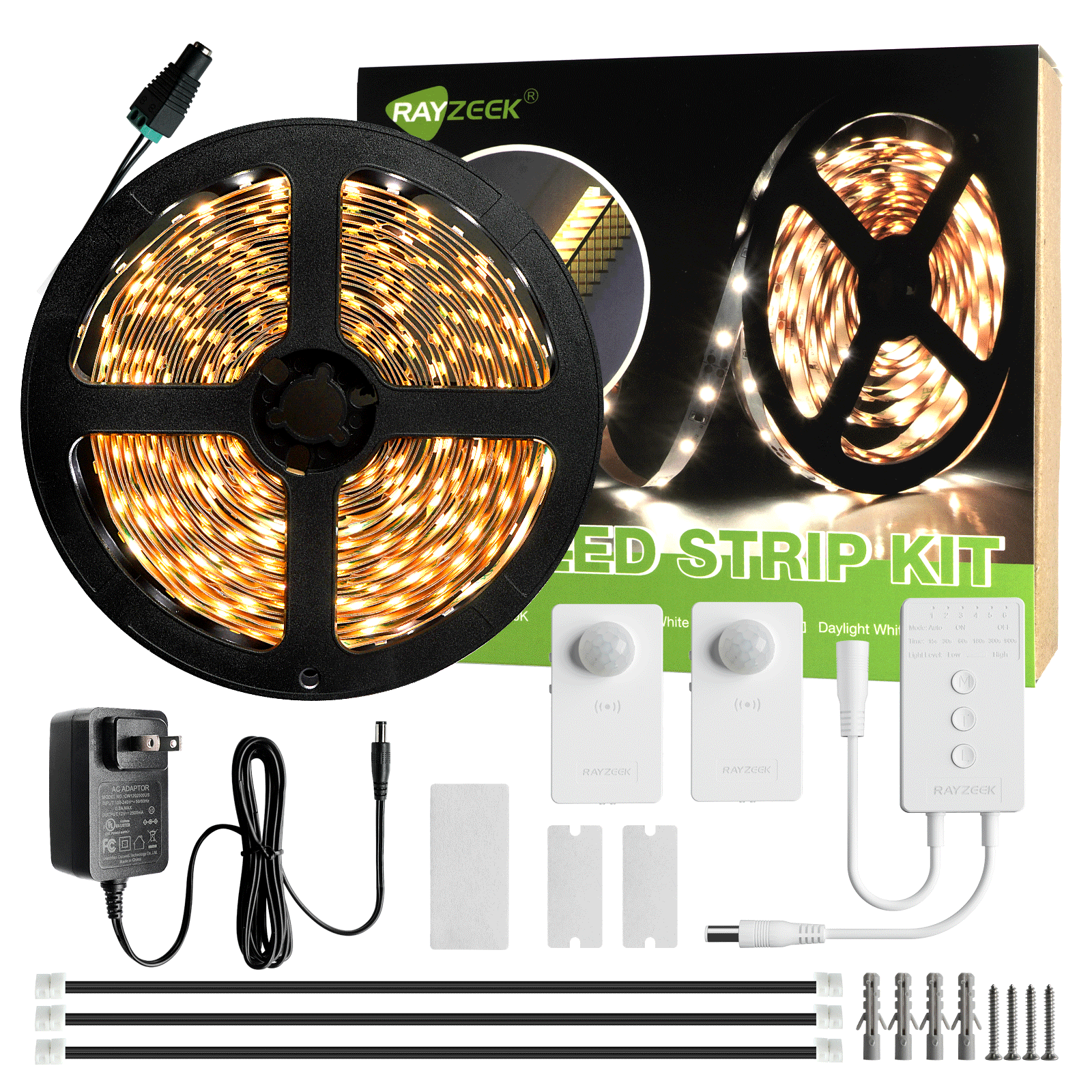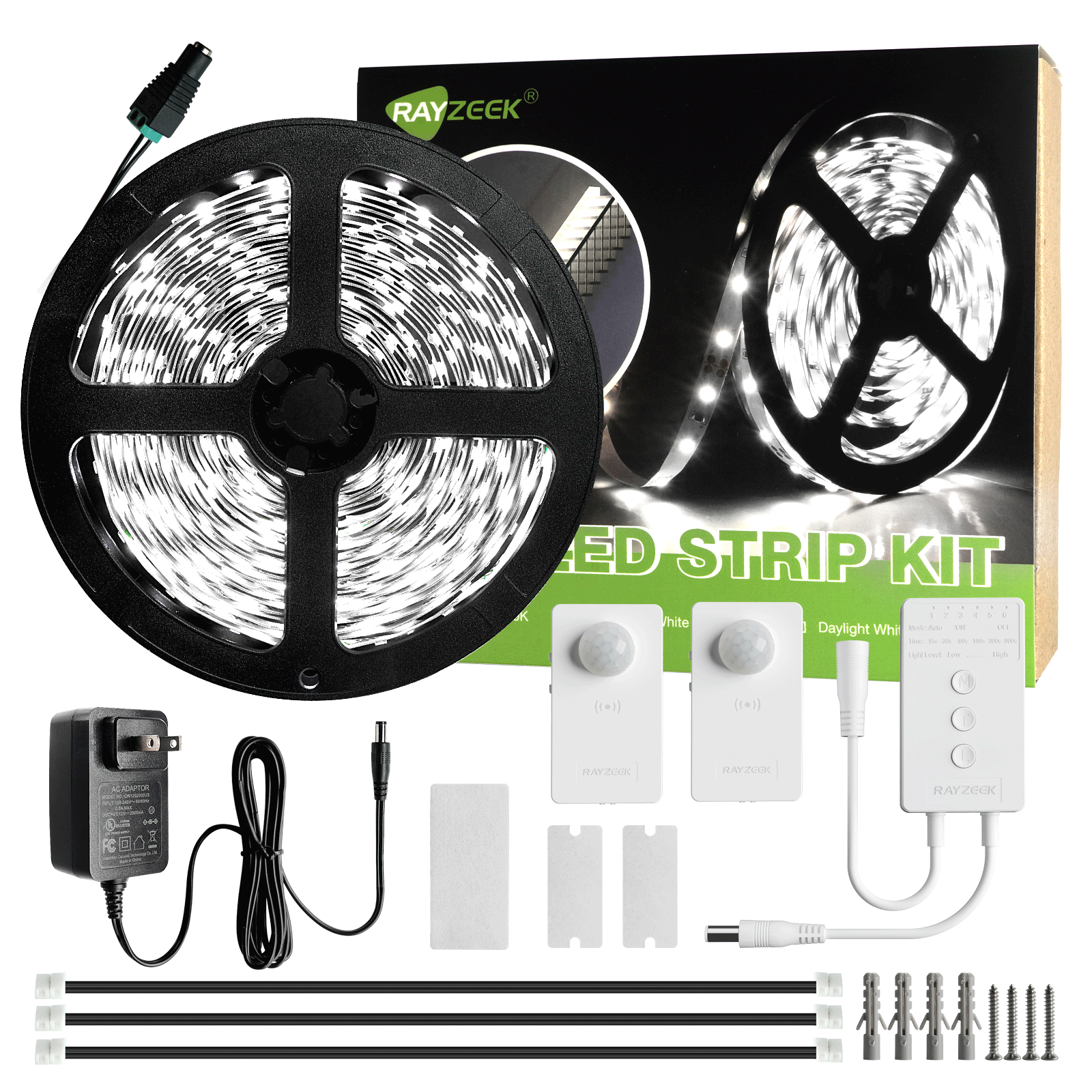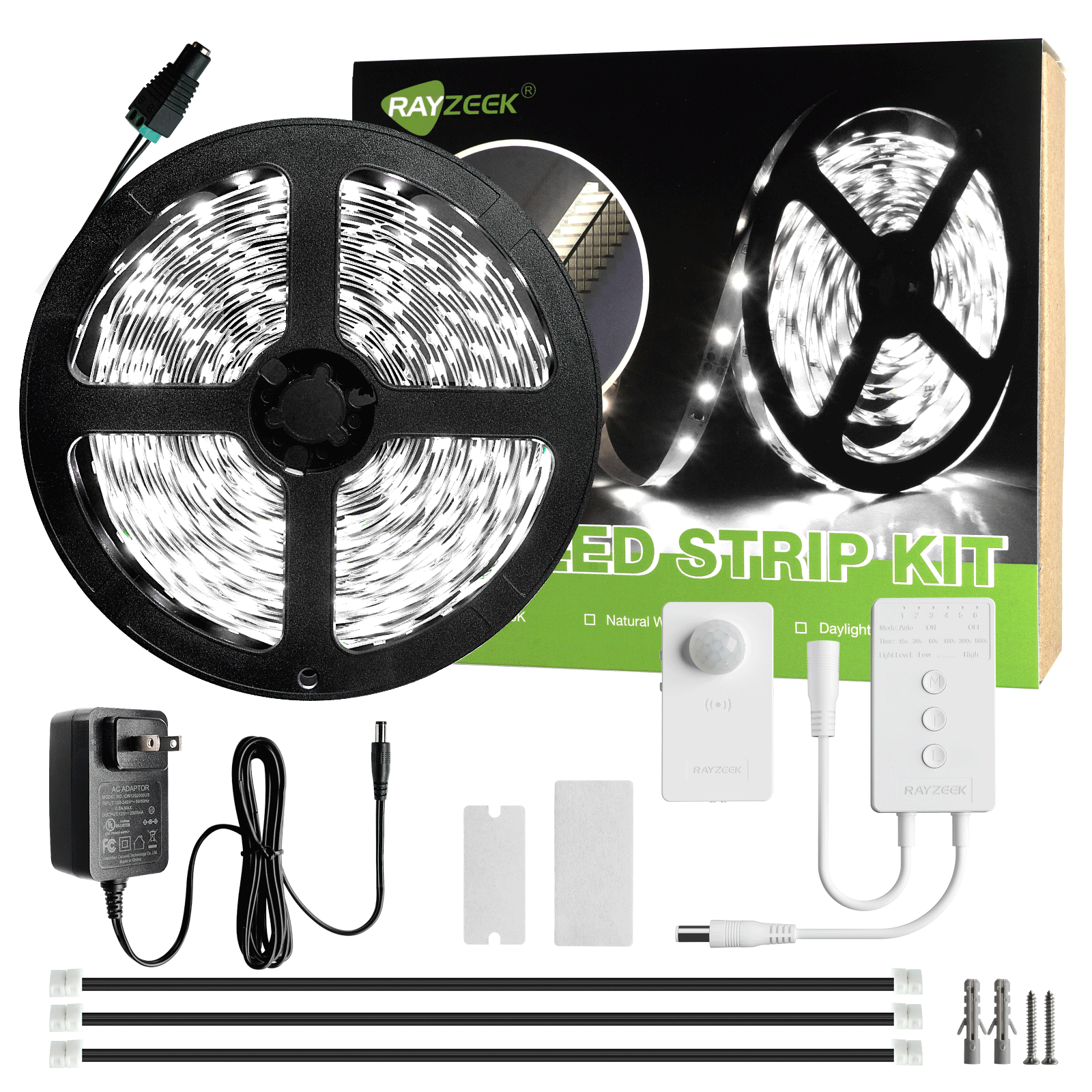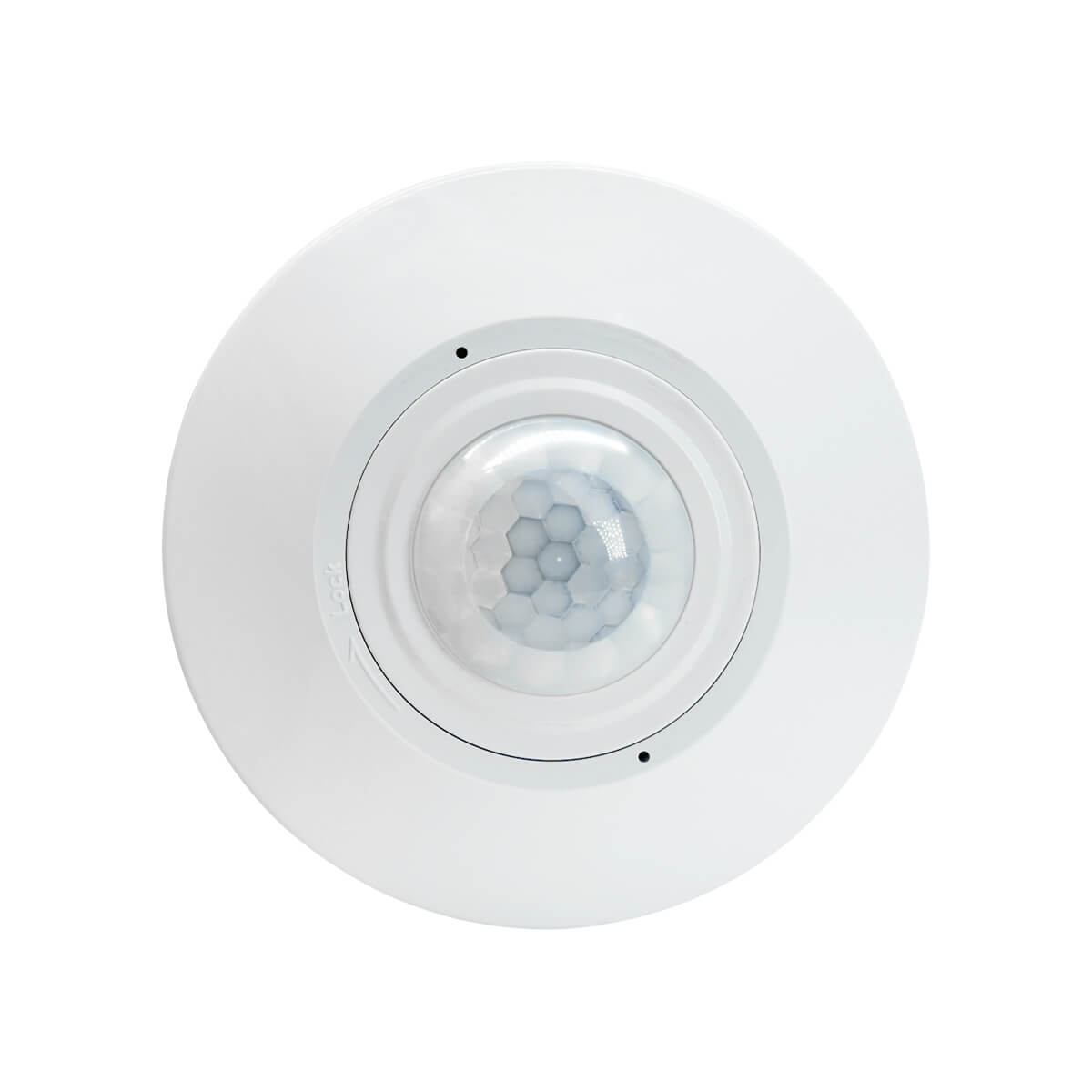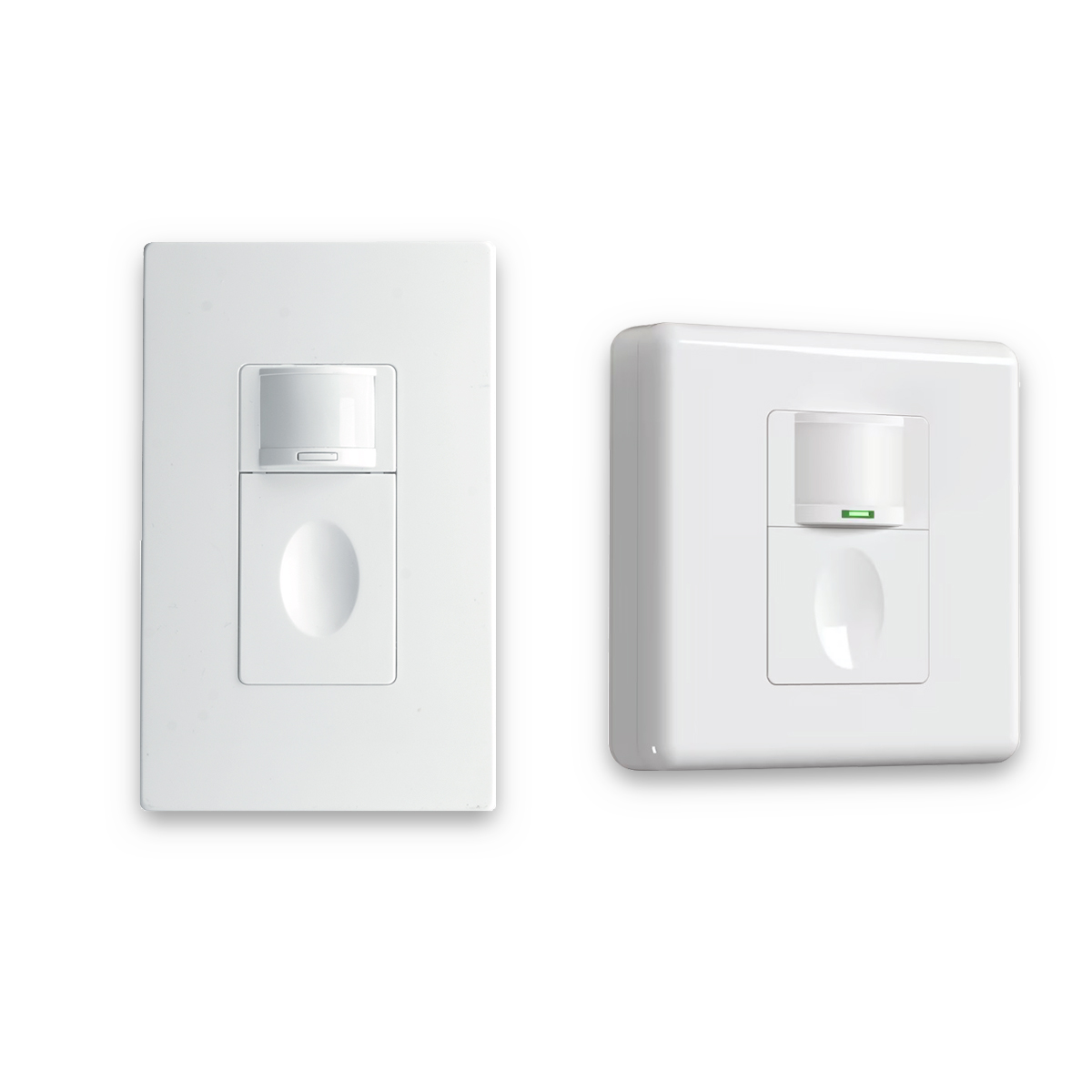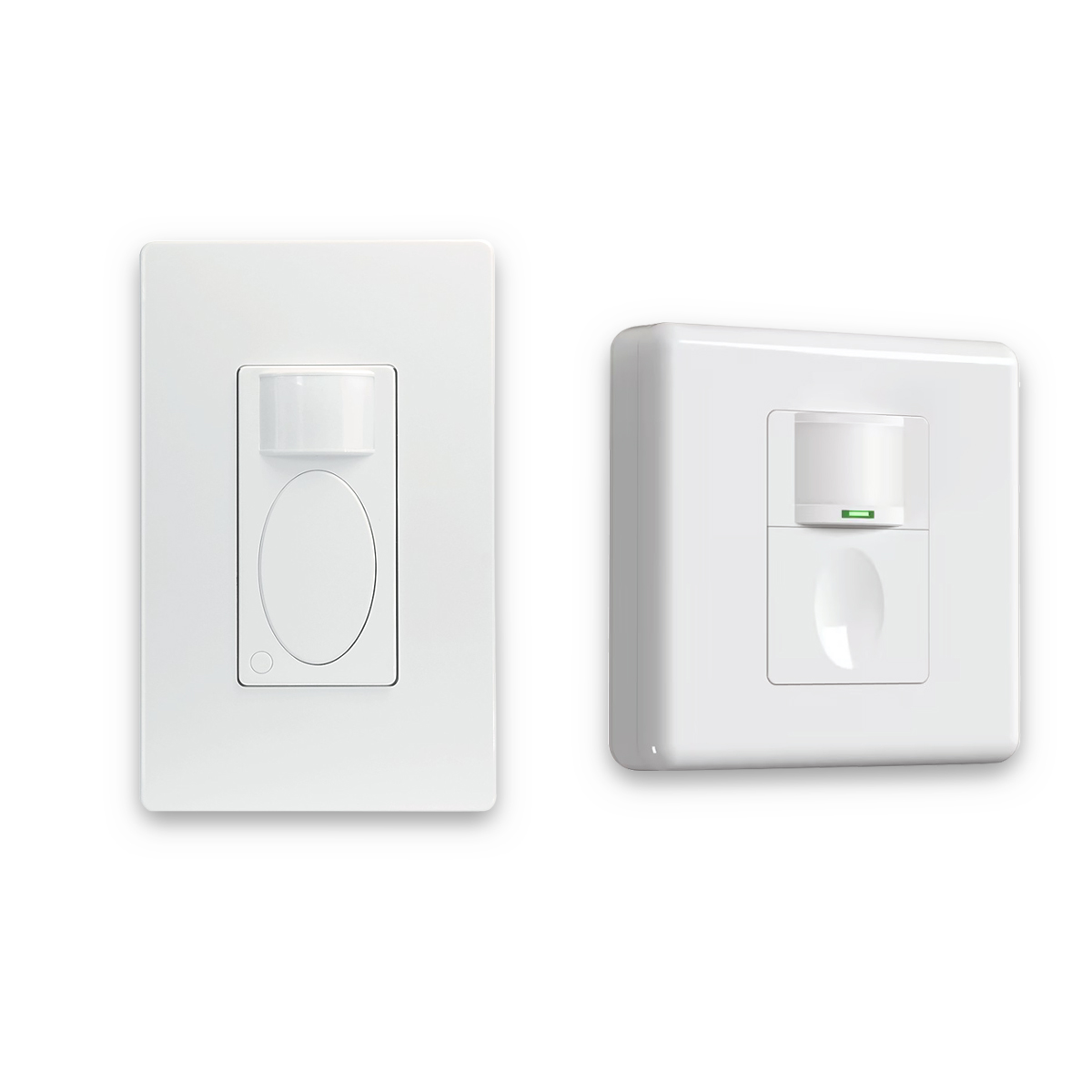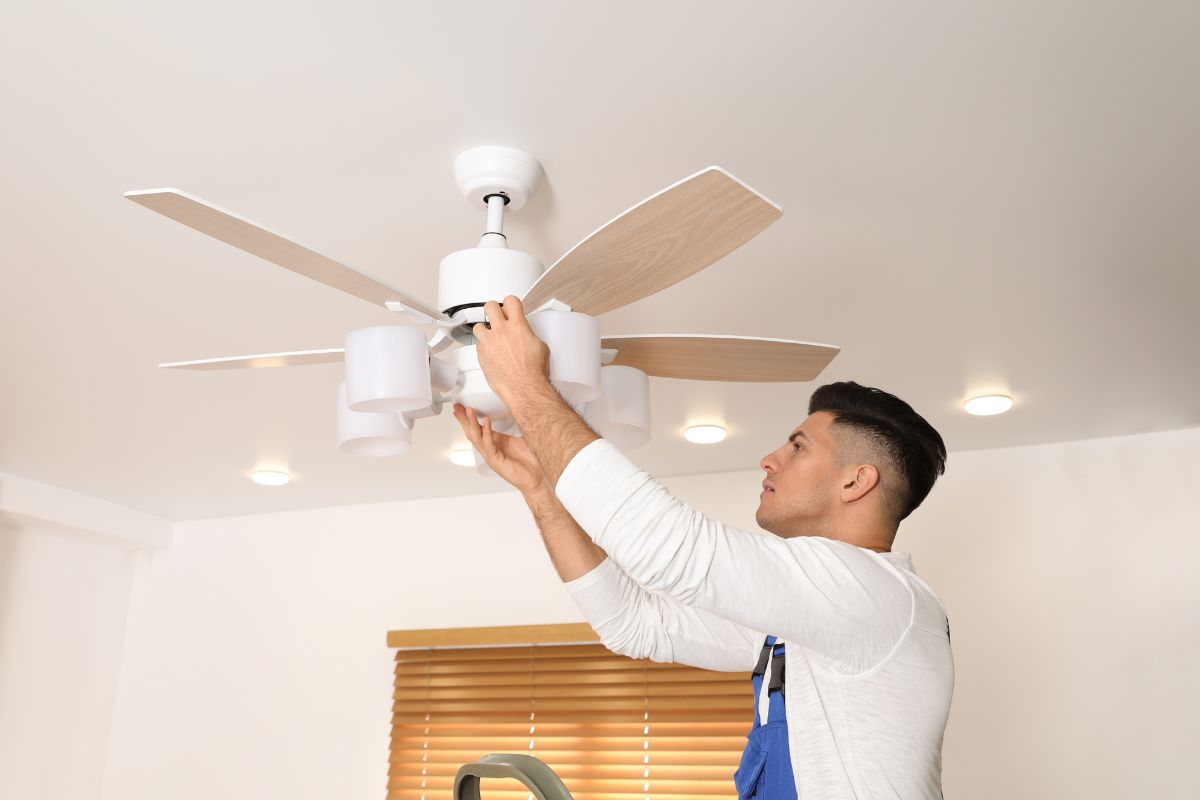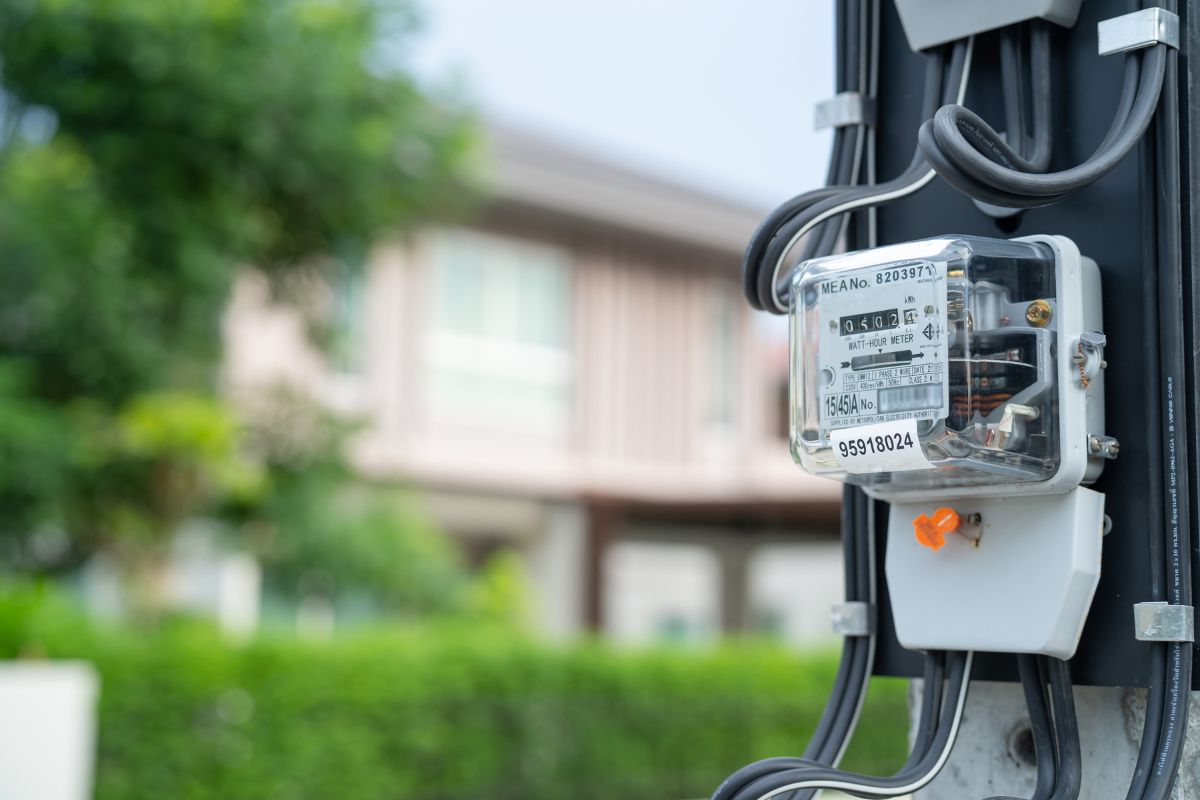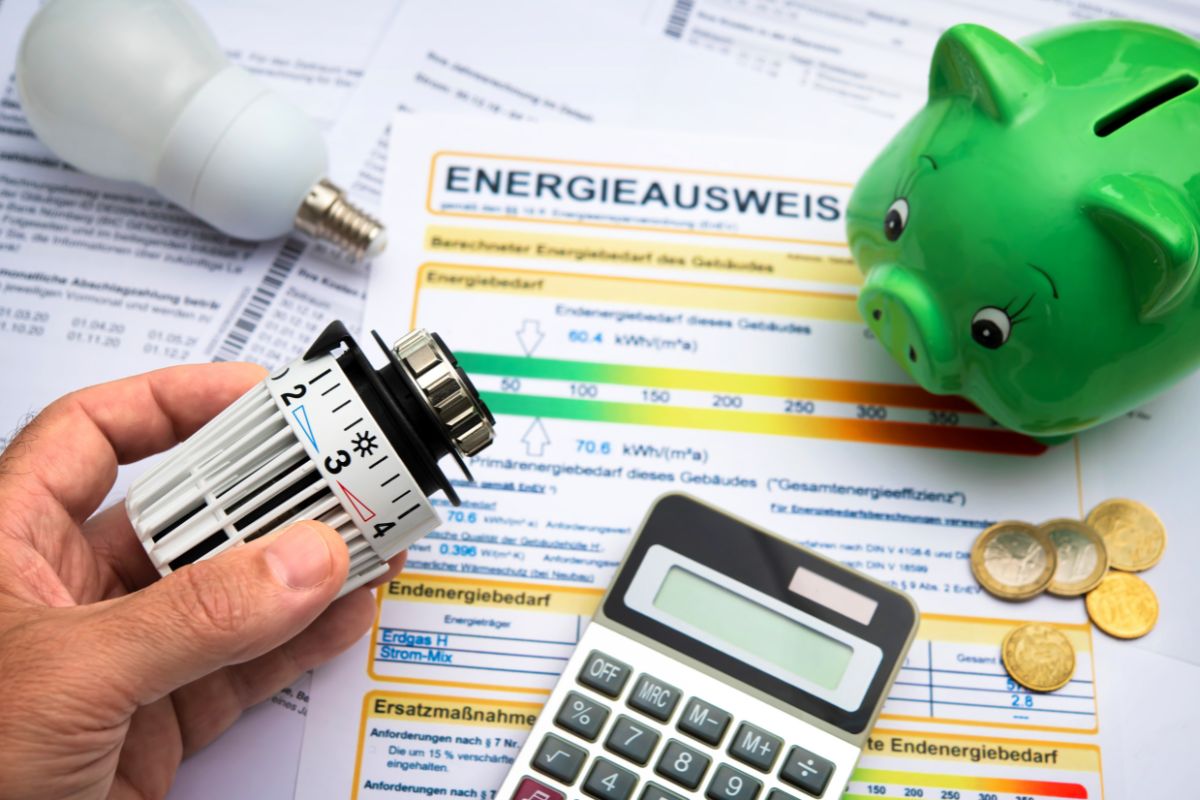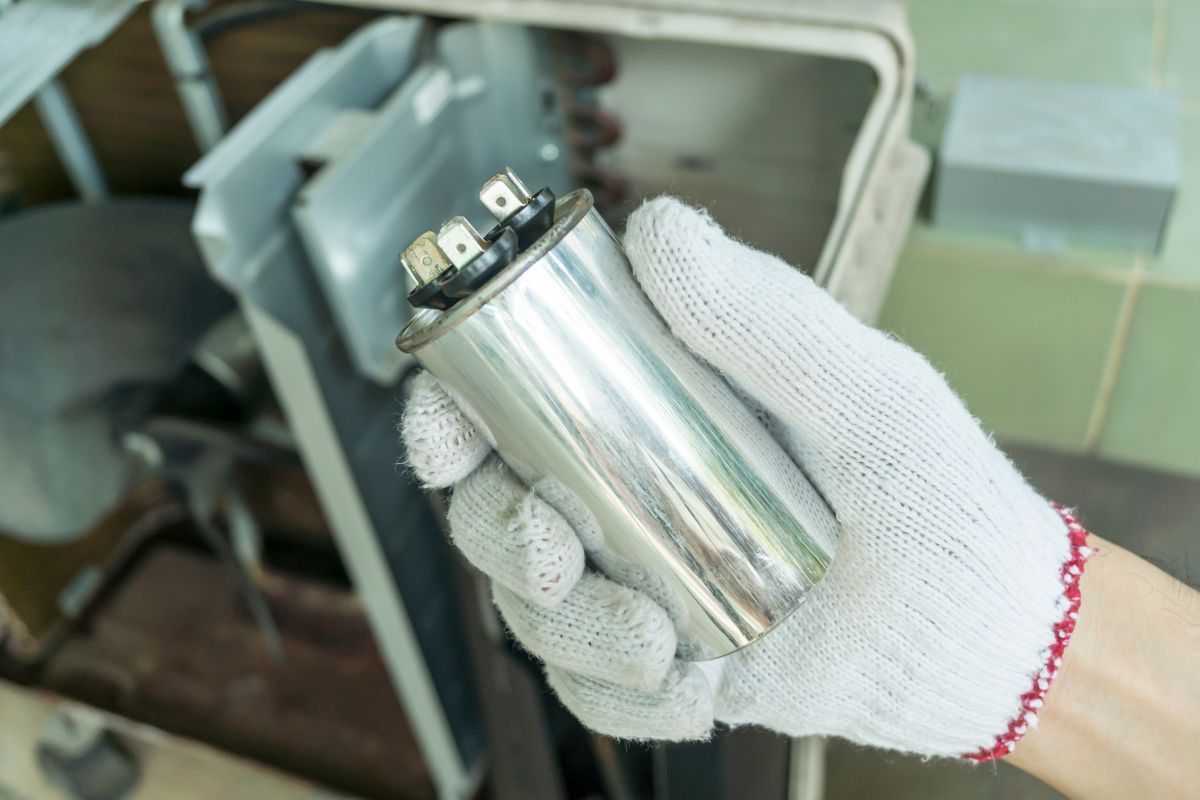Have you ever wondered if your air conditioner does more than just cool the air? Well, the answer is yes! Air conditioners inherently dehumidify the air as they cool it. This isn’t a separate function or some fancy add-on; it’s simply what happens when air is cooled. This dehumidification is an unavoidable consequence of the physical process of cooling air. Understanding this fundamental principle is key to grasping how air conditioners work and why they are so effective at creating a more comfortable indoor environment. After all, it’s not just about temperature, it’s also about humidity!
How Air Conditioners Cool and Dehumidify
So, how do air conditioners manage to cool and dehumidify your home? Well, they use what’s called a refrigerant cycle. Air conditioners cool indoor air by using a special fluid called a refrigerant to absorb heat from the air. A refrigerant is a substance with thermodynamic properties that allow it to efficiently transfer heat. As the refrigerant absorbs heat, it also causes moisture in the air to condense, thus dehumidifying the air. Think of it like this: the heat absorption process, and the resulting condensation, work together to remove moisture. This entire process is governed by fundamental principles of thermodynamics, which describe the relationships between heat, energy, and matter.
The Refrigerant Cycle
The refrigerant cycle is the fundamental process that powers air conditioning. It’s a closed-loop system, meaning the same refrigerant is continuously circulated and reused, changing its physical state (from liquid to gas and back) throughout the process. But what exactly is a refrigerant? A refrigerant is a specially engineered fluid with specific thermodynamic properties. These properties allow it to readily absorb and release heat, and to easily transition between liquid and gaseous states at specific temperatures and pressures. Common refrigerants used in modern air conditioners include R-410A and R-32.
Now, you might have heard about older refrigerants like R-22 (Freon) being phased out. Why is that? Well, these refrigerants were found to be harmful to the environment, contributing to ozone depletion and having a high global warming potential (GWP). Ozone depletion refers to the thinning of the Earth’s ozone layer, which protects us from harmful ultraviolet radiation. Global warming potential (GWP) is a measure of how much a given mass of a greenhouse gas contributes to global warming over a specified period compared to the same mass of carbon dioxide. International agreements, like the Montreal Protocol, mandate the phase-out of these ozone-depleting substances.
While all refrigerants used in AC systems will facilitate dehumidification, their thermodynamic properties can influence the efficiency of the process. Different refrigerants have different boiling points and heat absorption capacities, which can affect the evaporator coil’s temperature and, consequently, its ability to condense moisture. However, the differences in dehumidification efficiency between common refrigerants are generally less significant than factors like system design, airflow, and proper maintenance. The primary focus in refrigerant selection is now on environmental impact (ozone depletion and global warming potential).
The refrigerant cycle itself consists of four main stages: evaporation, compression, condensation, and expansion. These stages work together in a continuous loop to transfer heat from the inside of a building to the outside. Let’s take a closer look at each of these stages.
Evaporation
Let’s start with evaporation. The evaporation stage begins with low-pressure, liquid refrigerant flowing through the evaporator coil. The evaporator coil is located inside the indoor unit of your air conditioner. A fan blows warm, humid indoor air across this coil.
So, what happens next? The liquid refrigerant absorbs heat from the warmer indoor air. The key to understanding this process is that changing a liquid to a gas requires energy (heat). This energy is absorbed from the surrounding air, making the air cooler. The refrigerant is specifically chosen because it boils at a low temperature, allowing it to absorb heat effectively even at relatively cool indoor temperatures. This heat absorption causes the refrigerant to boil and evaporate, transforming it into a low-pressure gas.
Think of it like this: consider how sweat evaporating from your skin cools you down. The sweat (liquid) absorbs heat from your body to evaporate (turn into a gas), leaving your skin feeling cooler. The refrigerant does something very similar!
Compression
Next up is compression. After evaporation, the low-pressure refrigerant gas enters the compressor. The compressor’s main function is to significantly increase the pressure of the refrigerant gas. But why is this important?
Well, according to Boyle’s Law, increasing the pressure of a gas also increases its temperature. Boyle’s Law states that the pressure and volume of a gas are inversely proportional when temperature is kept constant. Therefore, the compressor raises both the pressure and the temperature of the refrigerant gas.
This compression is necessary to raise the refrigerant’s temperature above the outdoor temperature. This temperature difference is crucial for the next stage (condensation), where heat needs to be rejected to the outside environment. Remember, heat always flows from a hotter object to a colder object.
Condensation
Now comes condensation. The now high-pressure, hot refrigerant gas travels to the condenser coil. The condenser coil is typically located in the outdoor unit of your air conditioner. A fan blows outdoor air across the condenser coil.
Because the refrigerant is now hotter than the outdoor air, heat flows from the refrigerant to the air. As the refrigerant loses heat, it undergoes a phase change, condensing back into a high-pressure liquid. Conversely, to the evaporation stage, changing a gas back into a liquid releases energy (heat). This heat is transferred to the surrounding air (outside air in this case). The high pressure in the condenser raises the refrigerant’s condensation temperature, allowing it to release heat even to relatively warm outdoor air.
A common example of condensation is water vapor condensing on a cold glass on a hot day. The cold glass cools the air around it, causing water vapor in the air to condense into liquid water on the glass surface. The condenser coil does something similar, but with refrigerant!
Expansion
Finally, we have expansion. After condensation, the high-pressure liquid refrigerant passes through an expansion valve, also known as a metering device. The expansion valve restricts the flow of refrigerant, causing a significant and sudden drop in pressure.
This sudden pressure reduction causes the refrigerant to rapidly cool down. It becomes a cold, low-pressure liquid. The now cold, low-pressure liquid refrigerant is ready to return to the evaporator coil. It will then repeat the cycle, absorbing more heat from the indoor air and starting the process all over again.
Looking For Motion-Activated Energy-Saving Solutions?
Contact us for complete PIR motion sensors, motion-activated energy-saving products, motion sensor switches, and Occupancy/Vacancy commercial solutions.
Now, let’s connect this back to dehumidification. The cooling of the air at the evaporator coil during the evaporation stage is directly responsible for dehumidification. As the air is cooled, its ability to hold moisture decreases, leading to condensation and the removal of water vapor. That’s how your AC dehumidifies!
Condensation and Dehumidification
Condensation is the fundamental process that enables dehumidification in an air conditioning unit. It’s the process by which water vapor in the air transforms into liquid water, and this is how ACs remove moisture.
To be precise, condensation is the phase transition of water from a gaseous state (water vapor) to a liquid state. This occurs when air containing water vapor is cooled below a critical temperature called its dew point. The dew point temperature is the specific temperature at which air becomes saturated with water vapor. This means the air can’t hold any more moisture in its gaseous form. At the dew point temperature, condensation begins.
The dew point is directly dependent on the amount of moisture present in the air (humidity). Higher humidity results in a higher dew point temperature. How is dew point different from relative humidity? Relative humidity represents the percentage of water vapor currently in the air relative to the maximum amount of water vapor the air could hold at its current temperature. It’s a relative measure. Dew point, on the other hand, is an absolute measure of the moisture content in the air. It indicates the actual temperature at which condensation will occur.
The surface of the evaporator coil is deliberately kept below the dew point temperature of the incoming air. Warm air can hold more moisture than cold air. When warm, humid air comes into contact with the cold evaporator coil, its temperature drops. As the air cools, its ability to hold water vapor decreases. When the air temperature drops below its dew point, the excess water vapor can no longer remain in gaseous form and condenses into liquid water on the coil.
This causes the water vapor in the air to condense on the cold surface of the coil, forming liquid water droplets. This condensed water, known as condensate, is then collected in a drain pan located beneath the evaporator coil. The condensate flows from the drain pan through a drain line. This drain line typically leads outside the building or to a designated drainage point.
A blocked drain line can lead to several problems, including water overflow from the drain pan, potential water damage to the building, and even system malfunction if the water level gets too high and triggers a safety switch.
The design of the evaporator coil significantly impacts its dehumidification performance. Key factors include: Surface Area (a larger surface area provides more contact between the air and the cold coil, leading to more condensation), Fin Design (the shape and spacing of the fins on the coil affect airflow and heat transfer; more densely packed fins can increase surface area but may also restrict airflow if not designed properly), Coil Material (the material of the coil, usually aluminum or copper, affects its thermal conductivity), and Coating (some coils have hydrophilic coatings that help water to spread out and drain more easily, improving dehumidification).
The amount of dehumidification achieved by an air conditioner depends on several factors: Air temperature (colder air holds less moisture, so lower temperatures generally lead to more condensation, assuming the air is cooled below its dew point), Incoming air humidity (higher humidity in the incoming air means there’s more water vapor available to condense), Airflow rate (higher airflow generally allows more air to pass over the coil, potentially leading to more condensation; however, there’s a limit – if the airflow is too high, the air doesn’t have enough time to cool down sufficiently and come into contact with the evaporator coil, which can actually reduce the amount of condensation; the optimal airflow rate depends on the specific design of the AC unit), and Coil temperature (a colder evaporator coil will condense more moisture, as it will cool the air below its dew point more effectively).
The Role of Airflow
Airflow is essential for both the cooling and dehumidification functions of an air conditioner. It’s crucial for moving warm, humid air over the cooling coil and for distributing the cooled, dehumidified air throughout the space.
The fan (or blower) within the AC unit is responsible for circulating air across the evaporator coil. This ensures a continuous supply of warm, humid air to be processed (cooled and dehumidified). A weak or broken fan will result in significantly reduced airflow. This leads to reduced cooling capacity, as less warm air is being cooled. It also drastically reduces dehumidification, as less air is passing over the coil to condense moisture. In severe cases, it can even cause the evaporator coil to freeze over due to the lack of warm air to keep it above freezing.
Proper airflow is crucial for the efficient operation of the entire air conditioning system. Without adequate airflow, the system will not cool or dehumidify effectively, and it may even suffer damage.
What restricts airflow? A dirty air filter is the most common cause of restricted airflow. Dust and debris accumulate on the filter, blocking the passage of air. Blocked return air vents (furniture, curtains, or other objects placed in front of return air vents can obstruct airflow), closed supply air vents (intentionally closing supply air vents in unused rooms can disrupt the airflow balance in the system and reduce overall efficiency), and ductwork problems (leaks, blockages, or undersized ductwork can significantly restrict airflow) can also cause problems. Ductwork refers to the network of ducts that distribute cooled air throughout the building.
Restricted airflow significantly impacts dehumidification. Less air passing over the evaporator coil means less moisture is removed from the air. Reduced airflow can also lead to the evaporator coil becoming excessively cold, which can cause ice to form on the coil (coil icing), further restricting airflow and reducing both cooling and dehumidification capacity.
How to ensure proper airflow: Regular filter changes (the frequency of filter changes depends on the type of filter and usage conditions; generally, filters should be checked monthly and replaced every 1-3 months, or more frequently in dusty environments or during periods of heavy use), keeping vents clear and unobstructed (ensure that furniture, curtains, and other objects are not blocking return air vents or supply air registers), and periodic ductwork inspection and cleaning (have ductwork inspected and cleaned by a professional periodically to check for leaks, blockages, and proper sizing) are all important.
Types of Air Conditioners
Various types of air conditioners are available, each with its own advantages and disadvantages. However, all air conditioners that utilize a refrigerant cycle for cooling will inherently dehumidify the air as a consequence of that cooling process.
Let’s take a look at some common types. Window units are self-contained air conditioning systems. They are designed to be installed in a window opening. Generally, they are less powerful than central air conditioning systems, making them suitable for cooling single rooms or small areas. While they do dehumidify, their effectiveness can vary depending on the size and model of the unit. Smaller units may have limited dehumidification capacity.
Central air conditioning systems are designed to cool entire buildings. They use a network of ducts to distribute cooled air throughout the building. They typically have larger evaporator coils and more powerful fans compared to window units, resulting in potentially greater cooling and dehumidification capacity. In very humid climates, central AC systems are often paired with a whole-house dehumidifier for enhanced humidity control. This provides dedicated dehumidification independent of the cooling function.
Split systems, also known as ductless mini-splits, offer another approach to air conditioning. They consist of two separate units: an indoor unit (containing the evaporator coil and fan) and an outdoor unit (containing the compressor and condenser coil). These units are connected by refrigerant lines. They offer efficient cooling and dehumidification, often with the ability to control the temperature and humidity in individual zones or rooms. Ductless mini-splits are a good option for homes without existing ductwork or for adding air conditioning to specific areas or rooms.
Portable air conditioners are self-contained, mobile units. They can be easily moved from room to room. They vent hot air outside through a hose. Generally, portable ACs are less efficient than other types of ACs, and their dehumidification capacity may be less effective.
You might be wondering about single-hose versus dual-hose portable ACs. Single-hose portable ACs draw air from inside the room to cool the condenser and then exhaust that hot, humid air outside. This creates negative pressure in the room, drawing in unconditioned air from outside (through cracks and gaps), which can be humid. This reduces their overall cooling and dehumidification effectiveness. Dual-hose portable ACs, on the other hand, have two hoses: one to draw in air from outside to cool the condenser, and another to exhaust the hot air. This avoids creating negative pressure in the room, making them more efficient and better at dehumidifying.
Are there any types of air conditioners that don’t dehumidify? No, all air conditioners that cool air using a refrigerant cycle (which is the vast majority of air conditioners) will inherently dehumidify as a byproduct of the cooling process.
Limitations of Dehumidification
While air conditioners do dehumidify, it’s important to remember that they are primarily designed for cooling, not dedicated dehumidification. Their dehumidification capacity is limited by several factors.
Get Inspired by Rayzeek Motion Sensor Portfolios.
Doesn't find what you want? Don't worry. There are always alternate ways to solve your problems. Maybe one of our portfolios can help.
One major limitation is oversizing the air conditioning unit. An oversized AC unit cools the air in a space too quickly. It reaches the thermostat’s setpoint temperature before it has run for a sufficient amount of time to adequately dehumidify the air. This leads to a phenomenon called “short cycling,” where the unit turns on and off frequently.
Why is short cycling bad? Short cycling is detrimental for several reasons: it increases wear and tear on the system components, leading to premature failure; it results in higher energy bills due to inefficient operation; it creates uneven temperatures throughout the space; and, crucially, it leads to poor humidity control. How to determine the correct AC size: The correct AC size should be determined by a professional HVAC technician using a load calculation, specifically the Manual J calculation. This calculation takes into account various factors, including the size of the space, insulation levels, window area, climate, and occupancy, to determine the appropriate cooling capacity.
Climate conditions also play a significant role in limiting dehumidification. In extremely humid conditions, an AC may struggle to remove enough moisture to achieve optimal comfort levels, even if it’s properly sized. In cooler temperatures (during the “shoulder seasons” of spring and fall), the AC may not run for long enough periods to dehumidify effectively, even if it’s properly sized. The thermostat will be satisfied by the temperature, so the unit won’t run long enough to remove significant moisture. Constant running does not necessarily equate to more dehumidification. While an AC dehumidifies while cooling, continuous operation could indicate several things: the unit is struggling to reach the set temperature due to extreme heat, it’s undersized for the space, or there’s a problem with the system (like low refrigerant or airflow issues). In some cases, especially in very humid climates, the AC might be running constantly but still not adequately dehumidifying, indicating a need for supplemental dehumidification.
Airflow restrictions, as discussed earlier, also significantly limit dehumidification capacity.
The refrigerant charge within the AC system is another critical factor. A low refrigerant charge can significantly reduce both the cooling and dehumidification capacity of an AC unit. With a low refrigerant charge, the evaporator coil doesn’t get as cold as it should. This reduces its ability to condense moisture from the air, leading to less dehumidification. How to tell if refrigerant is low: Diagnosing low refrigerant typically requires a professional HVAC technician. However, some signs may include reduced cooling performance, ice buildup on the evaporator coil, and hissing or bubbling sounds coming from the refrigerant lines.
Benefits of Dehumidification
Dehumidification provides numerous benefits that extend beyond simply increasing comfort. These benefits encompass health, property protection, and overall well-being.
One of the most immediate benefits of dehumidification is improved comfort. Lower humidity makes the air feel cooler, even at the same temperature. This is because dry air allows for more efficient evaporation of sweat, which is the body’s natural cooling mechanism. It also reduces the “sticky” or “clammy” feeling associated with high humidity. And, it allows for a higher thermostat setting while still maintaining a comfortable environment, potentially leading to energy savings.
Dehumidification also offers significant health benefits. It reduces the growth of mold and mildew. Mold and mildew thrive in humid environments. Exposure to mold and mildew can trigger allergies and respiratory problems in sensitive individuals. Mold and mildew can also cause damage to building materials over time. It also reduces dust mite populations. Dust mites, a common allergen, also thrive in humid conditions. Lowering humidity helps to control dust mite populations, reducing allergen exposure.
Dehumidification plays a crucial role in protecting property. It prevents moisture damage to a wide range of items, including wood furniture and floors (warping, rotting), musical instruments (warping, damage to finishes), electronics (corrosion, malfunction), books and documents (mold growth, deterioration), and artwork (mold growth, damage to materials).
Dehumidification also helps to reduce unpleasant odors. High humidity can contribute to musty or unpleasant odors. Dehumidification helps to eliminate these odors by removing the excess moisture that supports the growth of odor-causing microorganisms.
Potential Drawbacks
While dehumidification by air conditioners is generally beneficial, there are potential downsides to consider. Being aware of these drawbacks can help ensure optimal system operation and prevent potential problems.
One potential drawback is over-dehumidification. Over-dehumidification can occur in drier climates or when an AC system is improperly sized or operated. This results in excessively dry air, which can lead to various problems, including dry skin and eyes (irritation, discomfort), respiratory irritation (dry nasal passages, increased susceptibility to colds), damage to wooden furniture and musical instruments (cracking, warping), and increased static electricity buildup. What is the ideal relative humidity range? The generally recommended ideal relative humidity range for indoor environments is between 30% and 50%. However, this can vary slightly depending on personal preference and specific climate conditions.
Dehumidification, while beneficial, contributes to the overall energy consumption of the air conditioning unit. While the energy used for dehumidification is not “wasted” (as it contributes to comfort and other benefits), it’s important to be aware that it adds to the overall energy cost of running the AC.
Proper management of the condensate (the water removed from the air) is crucial. Clogged drain lines can lead to water damage if the condensate overflows. Improperly sloped drain lines can prevent proper drainage, leading to similar problems. Frozen condensate can occur in certain situations, such as when airflow is restricted or the refrigerant charge is low. This can block drainage and potentially damage the system. It’s generally recommended to clean your AC’s drain line at least once a year, preferably before the start of the cooling season. In humid climates or if you have a history of clogs, more frequent cleaning (every few months) may be necessary. You can often do this yourself using a wet/dry vacuum or by pouring a solution of vinegar and water down the drain line. However, if you’re uncomfortable with this, it’s best to call a professional. A musty smell from an AC unit often indicates mold or mildew growth within the system. This is usually due to stagnant water in the condensate drain pan or on the evaporator coil. Regular cleaning of the drain pan and coil, and ensuring proper drainage, can help prevent this problem.
Air Conditioners vs. Dehumidifiers
Both air conditioners and dehumidifiers remove moisture from the air. However, they have different primary functions and operating characteristics.
Air conditioners primarily cool the air. Dehumidification is a secondary function, an inherent byproduct of the cooling process. They are generally less energy-efficient for dehumidification alone compared to dedicated dehumidifiers.
Dehumidifiers primarily remove moisture from the air. They do not significantly cool the air; in fact, they may slightly warm the air due to the heat generated by their operation. They are more energy-efficient for dehumidification alone compared to air conditioners. There are two main types of dehumidifiers: refrigerant dehumidifiers and desiccant dehumidifiers. Refrigerant dehumidifiers operate on a similar principle to air conditioners, using a refrigeration cycle. However, they are optimized for moisture removal rather than cooling. They often include a reheat coil to warm the air back up after it has been dehumidified. Desiccant dehumidifiers use a desiccant material (a substance that absorbs moisture) to remove water from the air. Desiccant dehumidifiers are particularly effective in colder temperatures where refrigerant dehumidifiers may struggle.
Enthalpy wheels (also known as energy recovery wheels) are sometimes used in HVAC systems to transfer both heat and moisture between incoming and outgoing air streams. However, enthalpy wheels add significant cost to a residential AC system. They also require additional space, which can be a constraint in many homes. They require regular maintenance, including cleaning and potential replacement of the desiccant material. They add complexity to the system, potentially increasing the risk of failure. And, in climates with moderate humidity, the added dehumidification benefit may not justify the cost and complexity. They are most beneficial in very humid climates or where there’s a large temperature difference between indoor and outdoor air.
How do their mechanisms compare? Both refrigerant dehumidifiers and ACs often utilize a refrigeration cycle to condense moisture out of the air. Dehumidifiers, however, may incorporate a reheat coil to warm the air back to its original temperature (or slightly warmer) after the moisture has been removed. Desiccant dehumidifiers employ a completely different mechanism, relying on the moisture-absorbing properties of desiccant materials.
So, when should you use an air conditioner? An air conditioner is the appropriate choice when both cooling and dehumidification are needed. It’s designed to lower the air temperature, and the dehumidification is a beneficial byproduct of that process. Typical scenarios include hot, humid summer months. When the primary goal is to lower the air temperature, the AC’s inherent dehumidification is a beneficial side effect, contributing to overall comfort.
When should you use a dehumidifier? A dehumidifier is the preferred choice when only dehumidification is required, without the need for cooling. This means you need to remove moisture from the air, but you don’t need to lower the air temperature. This often occurs during cooler, humid periods, such as spring and fall (the “shoulder seasons”). Basements or crawl spaces, which often have high humidity but don’t require cooling, are ideal candidates for dehumidifiers. When the AC is not adequately dehumidifying, a supplemental dehumidifier can help achieve optimal humidity levels. When energy efficiency for dehumidification is a primary concern, a dehumidifier is more efficient than running an AC solely for moisture removal. Specific situations where dehumidifiers are particularly useful include after a flood or water leak to remove excess moisture and prevent mold growth, to protect valuable items (e.g., antiques, artwork, electronics) from moisture damage in storage areas, and to control humidity in a specific area with high humidity requirements, such as a wine cellar or a humidor.
Some air conditioning units have a “dry mode” setting. This mode is primarily designed for dehumidification with minimal cooling. In dry mode, the fan runs at a low speed, and the compressor cycles on and off to maintain a set humidity level. While it does cool the air slightly, the primary effect is moisture removal. It’s generally more energy-efficient for dehumidification than running the AC in full cooling mode, but it’s still not as efficient as a dedicated dehumidifier.
Further Insights into Dehumidification
A deeper understanding of AC dehumidification requires exploring more advanced concepts. This section will delve into some of these concepts to provide a more comprehensive view of the topic.
Psychrometrics
Let’s start with psychrometrics. Psychrometrics is the scientific study of the thermodynamic properties of moist air (air containing water vapor). It deals with the physical and thermodynamic properties of air-water vapor mixtures.
What are the key properties of moist air? Dry-bulb temperature is the temperature of the air as measured by a standard thermometer. Wet-bulb temperature is the temperature measured by a thermometer with a wetted wick wrapped around its bulb. The wet-bulb temperature reflects the cooling effect of evaporation and is always lower than or equal to the dry-bulb temperature. Relative humidity is the percentage of water vapor present in the air relative to the maximum amount of water vapor the air can hold at that temperature (saturation). Dew point temperature is the temperature at which the air becomes saturated with water vapor, and condensation begins. Humidity ratio is the mass of water vapor present per unit mass of dry air (typically expressed as grams of water per kilogram of dry air). Enthalpy is the total heat content of the air, including both sensible heat (related to temperature) and latent heat (related to the phase change of water).
How does psychrometrics relate to AC dehumidification? Psychrometrics provides the tools and principles to analyze and quantify the changes in air properties that occur during the cooling and dehumidification process within an AC system. It helps us understand precisely how much moisture is being removed from the air and how much energy is being consumed in the process.
Psychrometric charts are a key tool in understanding and applying psychrometrics. A psychrometric chart is a graphical representation of the various thermodynamic properties of moist air. It’s a valuable tool for visualizing and analyzing the cooling and dehumidification process. By plotting the state of the air at different points in the AC system, we can determine the dew point, relative humidity, and other relevant properties. For example, we can trace the path of air as it passes over the evaporator coil on a psychrometric chart.
A psychrometric chart plots various properties of moist air, such as dry-bulb temperature, wet-bulb temperature, relative humidity, and dew point. To use the chart: Find the dry-bulb temperature (this is usually plotted on the horizontal axis), find the wet-bulb temperature or relative humidity (these are usually plotted on curved lines or diagonal axes), find the intersection (the point where these two values intersect represents the state of the air), and read other properties (from this intersection point, you can follow lines to read other properties, such as dew point, found by following a horizontal line to the saturation curve, and humidity ratio, found by following a horizontal line to the right-hand scale).
To trace the cooling and dehumidification process, you would plot the initial state of the air (before entering the AC) and the final state (after leaving the AC). The line connecting these two points shows how the air’s properties change. A typical cooling and dehumidification process will move downwards and to the left on the chart (decreasing temperature and humidity ratio).
How Climate Affects Dehumidification
Climate plays a significant role in determining the dehumidification load and the performance of air conditioning systems. Different climates have different humidity levels and temperature ranges, which directly impact how much moisture an AC needs to remove.
Hot-humid climates present a unique challenge for air conditioning systems. These climates are characterized by high outdoor humidity levels throughout the cooling season. A significant portion of the AC’s energy expenditure is dedicated to dehumidification, also known as latent cooling, which is the process of removing moisture. AC systems in these climates may need to be supplemented with dehumidifiers for optimal humidity control, especially during periods of extreme humidity. Examples include the Southeastern United States and coastal regions in tropical areas.
Hot-dry climates have very different characteristics compared to hot-humid climates. These climates are characterized by low outdoor humidity levels. Dehumidification is generally less of a concern in these climates. The primary focus of the AC system is on sensible cooling, which is the process of reducing the air temperature. Over-dehumidification can be a problem, leading to excessively dry indoor air. Examples include the Southwestern United States and desert regions.
Mixed climates experience a combination of conditions throughout the year. These climates experience both hot-humid and hot-dry periods throughout the year. AC systems in mixed climates need to be capable of handling both sensible and latent cooling loads effectively. Many parts of the United States, experiencing distinct seasonal variations, are examples of mixed climates.
Choosing the right AC system requires careful consideration of the specific climate. Considerations should include the system’s SEER (Seasonal Energy Efficiency Ratio), EER (Energy Efficiency Ratio), and HSPF (Heating Seasonal Performance Factor) ratings. SEER measures cooling efficiency over an entire season, EER measures efficiency at a specific outdoor temperature, and HSPF measures heating efficiency (for heat pumps).
Choosing the right AC system requires careful consideration of the specific climate. For hot-humid climates, prioritize systems with high latent cooling capacity (ability to remove moisture). Consider two-stage or variable-speed systems for better dehumidification control. A whole-house dehumidifier may be necessary in extreme cases. Look for systems with good SEER and a good moisture removal rating (often specified separately by manufacturers). For hot-dry climates, focus on sensible cooling capacity (ability to lower temperature). Avoid oversizing, as this can lead to over-dehumidification. Consider systems with features that can add moisture back into the air if needed (e.g., humidifiers). For mixed climates, choose a system that can handle both sensible and latent cooling loads effectively. Variable-speed systems are often a good choice, as they can adapt to changing conditions. Consider the overall balance of the system and its ability to maintain comfortable humidity levels throughout the year.
Dehumidification with Variable-Speed Systems
Variable-speed air conditioners offer improved dehumidification control compared to traditional single-speed systems. This is due to their ability to adjust their operating speed based on demand.
What is a variable-speed AC? A variable-speed AC is a system that can automatically adjust its cooling output and fan speed based on the cooling demand. This contrasts with traditional single-speed systems, which operate at only one speed (full capacity) whenever they are running.
How does variable speed improve dehumidification? Variable-speed systems allow for longer run times at lower speeds. These longer run times mean that more air passes over the evaporator coil over a given period, leading to more consistent and effective moisture removal. Lower fan speeds reduce the air velocity, giving the air more time to come into contact with the cold coil and condense moisture. This results in a more stable and consistent humidity level indoors.
The benefits of variable-speed systems include improved dehumidification performance, increased energy efficiency (lower energy bills), quieter operation, and more even temperatures throughout the space.
The drawbacks of variable-speed systems include higher initial cost compared to single-speed systems and more complex systems, potentially requiring more specialized maintenance.
You might be wondering if a two-stage or variable-speed compressor can improve dehumidification compared to a single-stage compressor, even if they have the same SEER rating. The answer is yes! SEER (Seasonal Energy Efficiency Ratio) primarily measures cooling efficiency over an entire season. While it indirectly reflects dehumidification performance, it doesn’t directly quantify it. Two-stage and variable-speed systems can run for longer periods at lower speeds, allowing for more consistent and effective moisture removal, especially during periods of high humidity but moderate temperatures. A single-stage system, even with a high SEER rating, might cycle on and off more frequently, leading to less dehumidification.
Troubleshooting Persistent Humidity
Even with the air conditioner running, your house might still feel humid. There are several potential reasons for this, ranging from simple issues to more complex problems.
An oversized AC unit, as previously discussed, can contribute to persistent humidity. Poor airflow, as mentioned earlier, is another common cause.
High outdoor humidity can also overwhelm the AC’s dehumidification capacity. The AC may be struggling to keep up with the high moisture load entering the home from outside. In such cases, consider using a dehumidifier in addition to the AC to achieve optimal humidity levels.
Maybe You Are Interested In
Leaky ductwork can significantly contribute to indoor humidity problems. Ducts that leak air to unconditioned spaces (such as attics or crawl spaces) can draw in humid air from those areas. This increases the humidity load on the AC system and reduces its overall effectiveness. Duct sealing can significantly improve performance by preventing this infiltration of humid air.
Inadequate insulation can also make it harder to control humidity. Poor insulation allows heat and humidity to enter the home more easily from outside. This increases the load on the AC system, making it harder to control both temperature and humidity.
Air leaks around windows, doors, and other openings in the building envelope can allow humid outdoor air to infiltrate the home. Sealing these leaks (with caulk, weatherstripping, etc.) can improve energy efficiency and humidity control. Building airtightness significantly affects the dehumidification load. A tighter building envelope (less air leakage) reduces the amount of humid outdoor air that infiltrates the home. This, in turn, reduces the amount of moisture the AC needs to remove. Conversely, a leaky building allows more humid air to enter, increasing the dehumidification load and potentially making it difficult for the AC to maintain a comfortable humidity level. Building codes increasingly emphasize airtightness for energy efficiency and moisture control.
Everyday activities can also contribute to indoor humidity. Everyday activities like showering, cooking, and drying clothes indoors can add significant amounts of moisture to the air. Proper ventilation is crucial to remove this excess moisture. Using exhaust fans in bathrooms and kitchens during and after these activities is essential. Heat Recovery Ventilators (HRVs) and Energy Recovery Ventilators (ERVs) are designed to provide fresh air ventilation while minimizing energy loss. HRVs transfer heat between incoming and outgoing air streams, while ERVs transfer both heat and moisture. In humid climates, an HRV can help reduce the dehumidification load by exhausting some of the humid indoor air. However, it doesn’t directly dehumidify the incoming air. In humid climates, an ERV can reduce the dehumidification load by transferring some of the moisture from the incoming air to the outgoing air stream. This pre-conditions the incoming air, making it easier for the AC to dehumidify. In dry climates, an ERV can help retain moisture indoors, preventing over-drying. Properly designed and installed ventilation systems are crucial for maintaining good indoor air quality while minimizing the impact on the AC’s dehumidification load.
Problems with the AC system itself can also lead to persistent humidity, including low refrigerant charge, a dirty evaporator coil, and malfunctioning components (e.g., expansion valve, compressor). These issues typically require professional diagnosis and repair by a qualified HVAC technician.
When troubleshooting persistent humidity, it’s helpful to start with the simplest and most common causes: Check the air filter (a dirty filter is the most frequent culprit), ensure proper airflow (make sure vents are unobstructed), check the condensate drain (look for clogs or blockages), consider lifestyle factors (are you adding excessive moisture to the air?), and inspect for air leaks (check around windows and doors). If these steps don’t resolve the issue, it’s time to consider more serious problems, such as an oversized AC unit, leaky ductwork, or problems with the AC system itself, which may require professional help.
Air conditioning is ubiquitous in modern life, with over 85% of homes in the United States equipped with some form of AC. However, despite the widespread use of air conditioning, a significant portion of households, estimated at around 30%, still report experiencing issues related to indoor humidity, such as discomfort, musty odors, or visible mold growth. This highlights the importance of understanding not just the cooling function of ACs, but also their role in dehumidification.
The future of air conditioning is likely to see continued advancements in dehumidification technology. We can expect to see more widespread adoption of variable-speed systems, improved coil designs, and smarter controls that optimize both cooling and dehumidification based on real-time conditions. There’s also growing interest in integrating AC systems with whole-house dehumidifiers and smart home technology to provide even more precise and efficient humidity control. Furthermore, research into new refrigerants with lower environmental impact will continue to influence the design and performance of AC systems.


